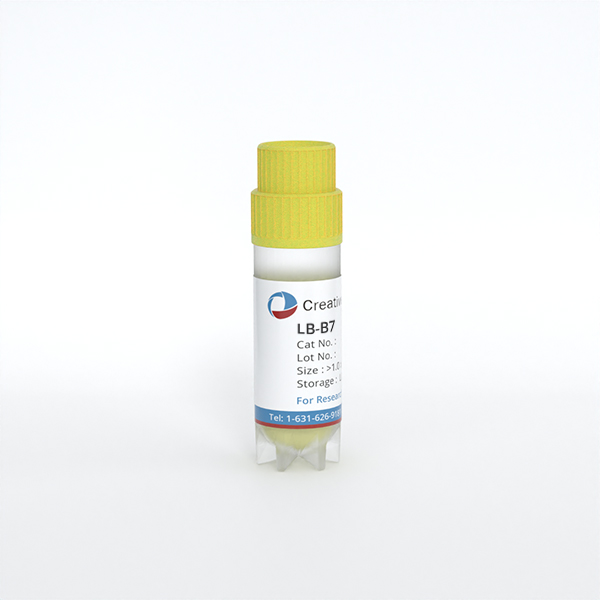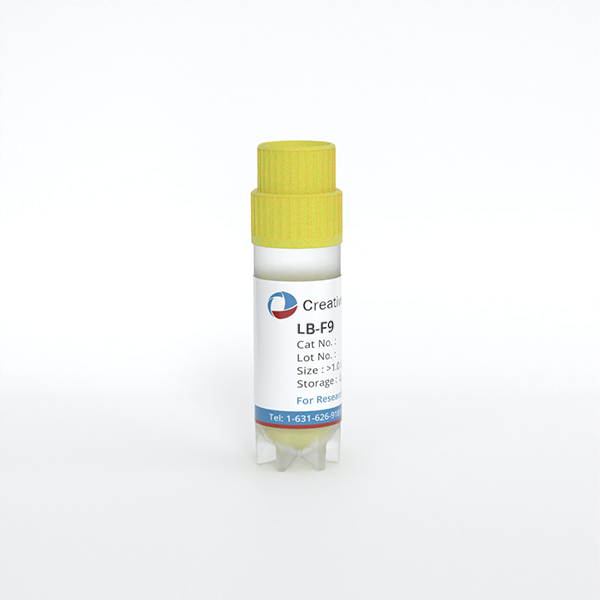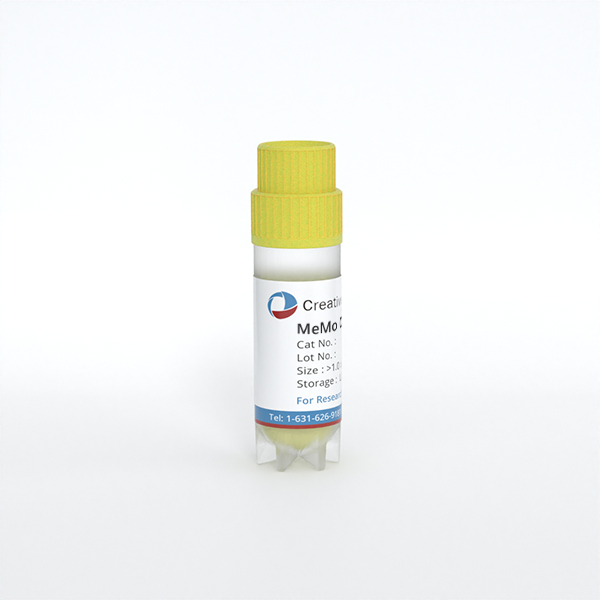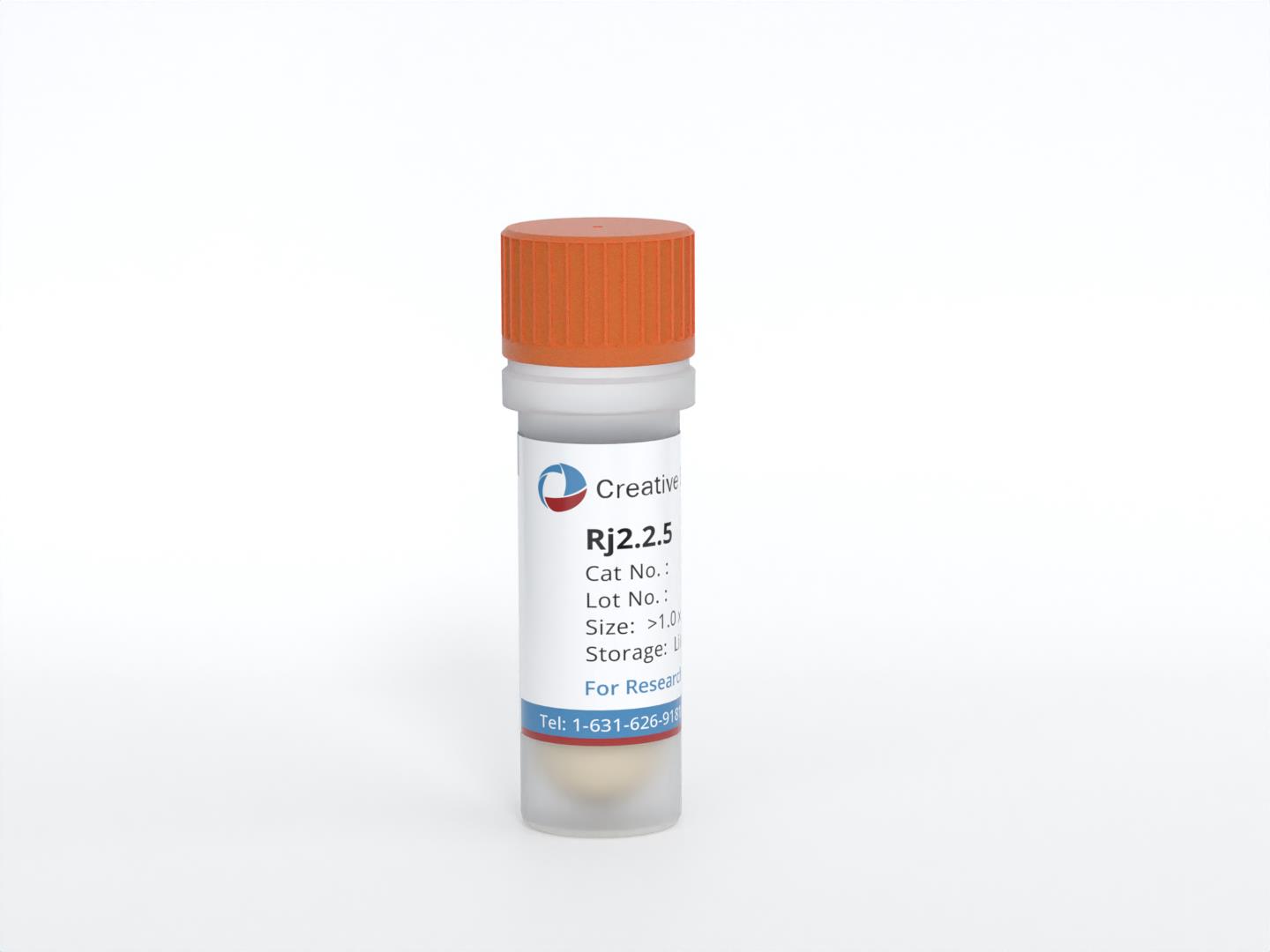Featured Products
Our Promise to You
Guaranteed product quality, expert customer support

ONLINE INQUIRY
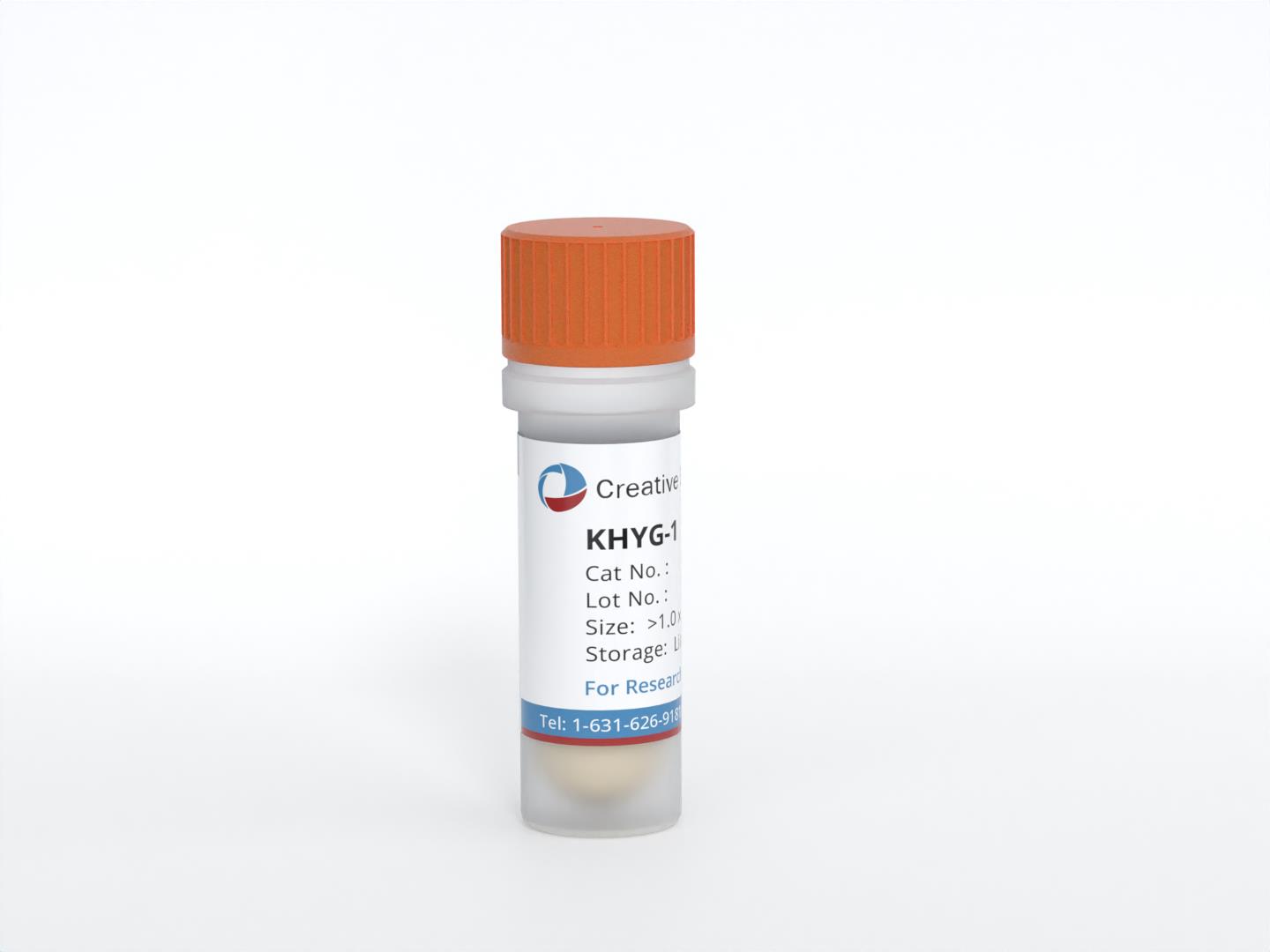
KHYG-1
Cat.No.: CSC-C0784
Source: natural killer cell leukemia
Morphology: round to polymorph cells growing singly and in clumps in suspension
Culture Properties: suspension
- Specification
- Background
- Scientific Data
- Q & A
- Customer Review
- Documents
CSF1PO 12
D5S818 9,11
D7S820 10,11
D13S317 9,13
D16S539 9
TH01 6
TPOX 9,11
vWA 17
b. The study of enhanced cytotoxicity by NK cells
c. Cell-Based assay
d. In vivo efficacy study
Viruses: ELISA: reverse transcriptase negative; PCR: EBV -, HBV -, HCV -, HHV-8 -, HIV-1 -, HIV-2 -, HTLV-I/II -, MLV -, SMRV -
Store in liquid nitrogen.
Biosafety classification is based on U.S. Public Health Service Guidelines, it is the responsibility of the customer to ensure that their facilities comply with biosafety regulations for their own country.
KHYG-1 cells are a cell line derived from the peripheral blood of a 45-year-old woman diagnosed with aggressive natural killer (NK) cell leukemia. They were established in 1997 and have since been widely used in research related to NK cell biology, cancer, immunology, and cytotoxicity studies.
The primary feature that distinguishes KHYG-1 cells is their potent cytotoxic activity, which is a characteristic trait of NK cells. NK cells are a type of lymphocyte in the immune system that plays a crucial role in recognizing and eliminating infected or cancerous cells. KHYG-1 cells retain this cytotoxic potential even after being established as a cell line. This property makes them a valuable tool for studying NK cell biology, their mechanisms of cytotoxicity, and their interactions with target cells.
Another notable aspect of KHYG-1 cells is the presence of a point mutation in exon 7 of the TP53 (p53) gene. The p53 gene encodes a tumor suppressor protein that plays a critical role in regulating cell division and preventing the formation of cancerous cells. The mutation in KHYG-1 cells suggests an alteration in the function of the p53 protein, which may have implications for studying the role of p53 in NK cell leukemia and related diseases.
KHYG-1 Used to Study Enhanced Natural Killer Cytotoxicity
KHYG-1 is a valuable model for the study of enhanced cytotoxicity by NK cells. NK/NK T-cell lines KHYG-1, NK-92, YT, and SNT-8 were compared with a novel flow cytometric cytotoxicity assay under different culture conditions.
The cytotoxicity of KHYG-1 was compared to the other cell lines against K562, at a 3:1 and a 50:1 effector (E) to target (T) ratio, with 7 hours of co-incubation (Fig. 1). K562 cells were lysed to 46%, 0%, 1%, and 0%, by KHYG-1, NK-92, SNT-8, and YT, respectively, at a ratio of 3:1 and to 86%, 23%, 27%, and 12%, by KHYG-1, NK-92, SNT-8, and YT, at 50:1 (Fig. 1A and C). The target cells were 25% (KHYG-1), 4% (NK-92), 1% (SNT-8), and 0.5% (YT) positive for Annexin V at the 3:1 ratio and 36% (KHYG-1), 14% (NK-92), 8% (SNT-8), and 7% (YT) positive for Annexin V at 50:1 (Fig. 1B and D).
The cytotoxicity of KHYG-1 cultured under RPMI conditions was tested against other leukemia cell lines, including EM2, EM3, and HL60 in a 7-hour assay, at a 10:1 E: T ratio, with K562 as a positive control (Fig. 2). Target cells were lysed to 82%, 25%, 48%, and 31% for K562, EM2, EM3, and HL60, respectively (Fig. 2A). The frequency of Annexin-positive cells among K562, EM2, EM3, and HL60 was 43%, 20%, 26%, and 9%, respectively (Fig. 2B).
 Fig. 1 KHYG-1 is a superior killer cell line against K562 under RPMI conditions. (Suck G, et al., 2005)
Fig. 1 KHYG-1 is a superior killer cell line against K562 under RPMI conditions. (Suck G, et al., 2005)
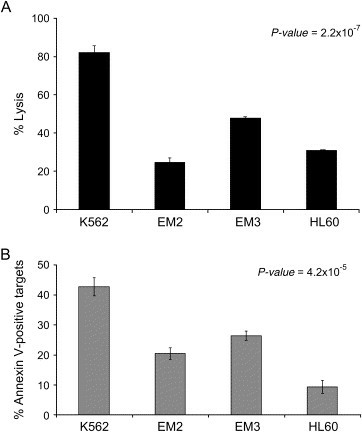 Fig. 2 KHYG-1 is cytotoxic against cell lines with relevance to leukemia. (Suck G, et al., 2005)
Fig. 2 KHYG-1 is cytotoxic against cell lines with relevance to leukemia. (Suck G, et al., 2005)
Shuterin Enhances the Cytotoxicity of the NK Leukemia Cell Line KHYG-1
NK cell therapy is an emerging tool for cancer immunotherapy. Therefore, primary NK cells should be expanded substantially, and their proliferation and cytotoxicity must be enhanced. Shuterin is a phytochemical isolated from Ficus thonningii. This study explored the possible capacity of shuterin to enhance the proliferation and activity of KHYG-1 cells (an NK leukemia cell line).
Fig. 3A shows the chemical structure of shuterin. KHYG-1 cells were treated with various doses (0, 1, 5, and 10 µM) of shuterin for 72 h and subjected to WST-8 assays (Fig. 3B). Shuterin substantially increased the proliferation of KHYG-1 cells. Shuterin markedly increased the activity of KHYG-1 cells and thus increased these cells' cytotoxicity to K562 cells. At an E: T ratio of 6:1, cytotoxicity increased from 40% to 54% within 2 h (Fig. 3C).
The secretion of IFN-γ from KHYG-1 cells was evaluated through an enzyme-linked immunosorbent assay. Shuterin markedly enhanced the secretion of IFN-γ in a dose-dependent manner (Fig. 3D). Furthermore, protein levels were analyzed by Western blotting in KHYG-1 cells treated with shuterin for 24 h and those left untreated. At a concentration of 10 μM, shuterin considerably increased granzyme A, granzyme B, FasL, and granulysin by 240%, 350%, 128%, and 187%, respectively, but not perforin (Fig. 3E, F).
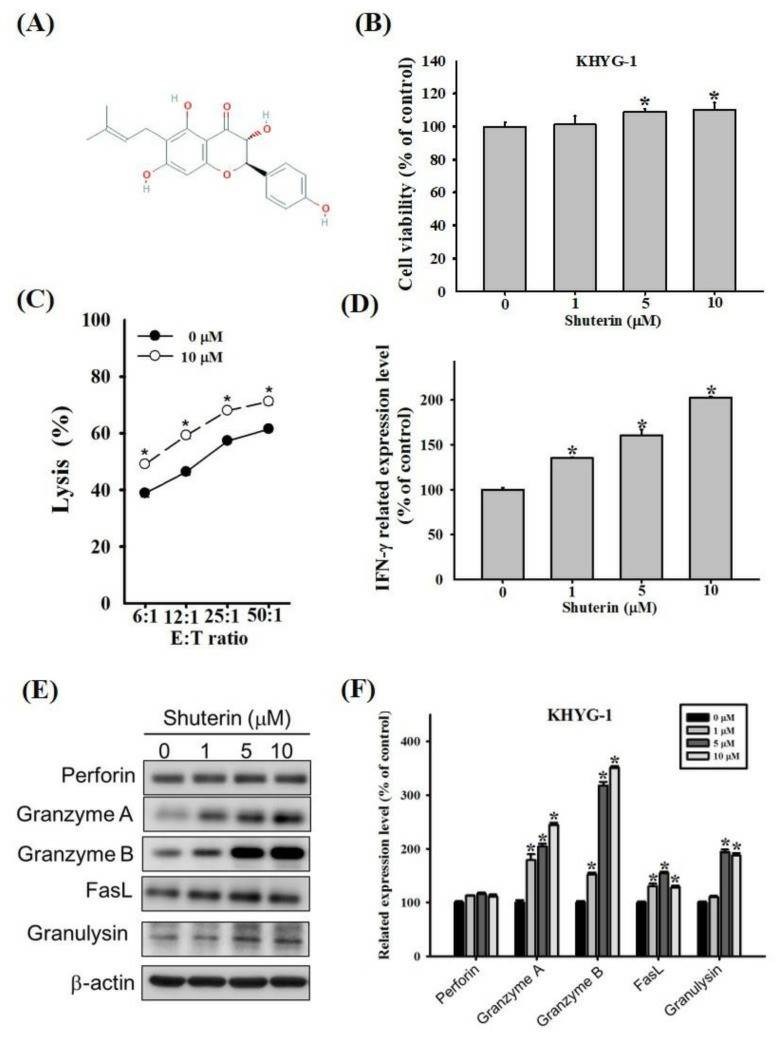 Fig. 3 Shuterin enhanced the cytolytic activity of KHYG-1 cells. (Lin JT, et al., 2022)
Fig. 3 Shuterin enhanced the cytolytic activity of KHYG-1 cells. (Lin JT, et al., 2022)
A test that measures the number of substances called tumor markers in tissue, blood, urine, or other body fluids. Most tumor markers are proteins made by both normal cells and cancer cells, but they are made in higher amounts by cancer cells.
KHYG-1 cells display strong cytotoxic activity, which is a characteristic trait of NK cells. They retain their potent cytotoxic potential even after being established as a cell line.
KHYG-1 cells carry a point mutation in exon 7 of the TP53 (p53) gene. This mutation suggests an alteration in the function of the p53 protein, which is a tumor suppressor that regulates cell division and prevents cancer formation.
KHYG-1 cells are valuable for studying NK cell biology, cytotoxicity mechanisms, and interactions with target cells. They provide insights into NK cell function, signaling pathways, and potential therapeutic strategies for NK cell leukemia.
Ask a Question
Average Rating: 5.0 | 3 Scientist has reviewed this product
Easy to identify
The package of the product was appropriately labeled, making it easy to identify the contents.
29 May 2022
Ease of use
After sales services
Value for money
Fantastic experience
I had a fantastic experience purchasing KHYG-1 cells from Creative Bioarray. The ordering process was straightforward, and the cells were delivered promptly.
03 Feb 2024
Ease of use
After sales services
Value for money
Reliable products
I am impressed with the reliability and performance of Creative Bioarray's KHYG-1 cell products and would undoubtedly purchase from them again.
14 May 2024
Ease of use
After sales services
Value for money
Write your own review
- You May Also Need


